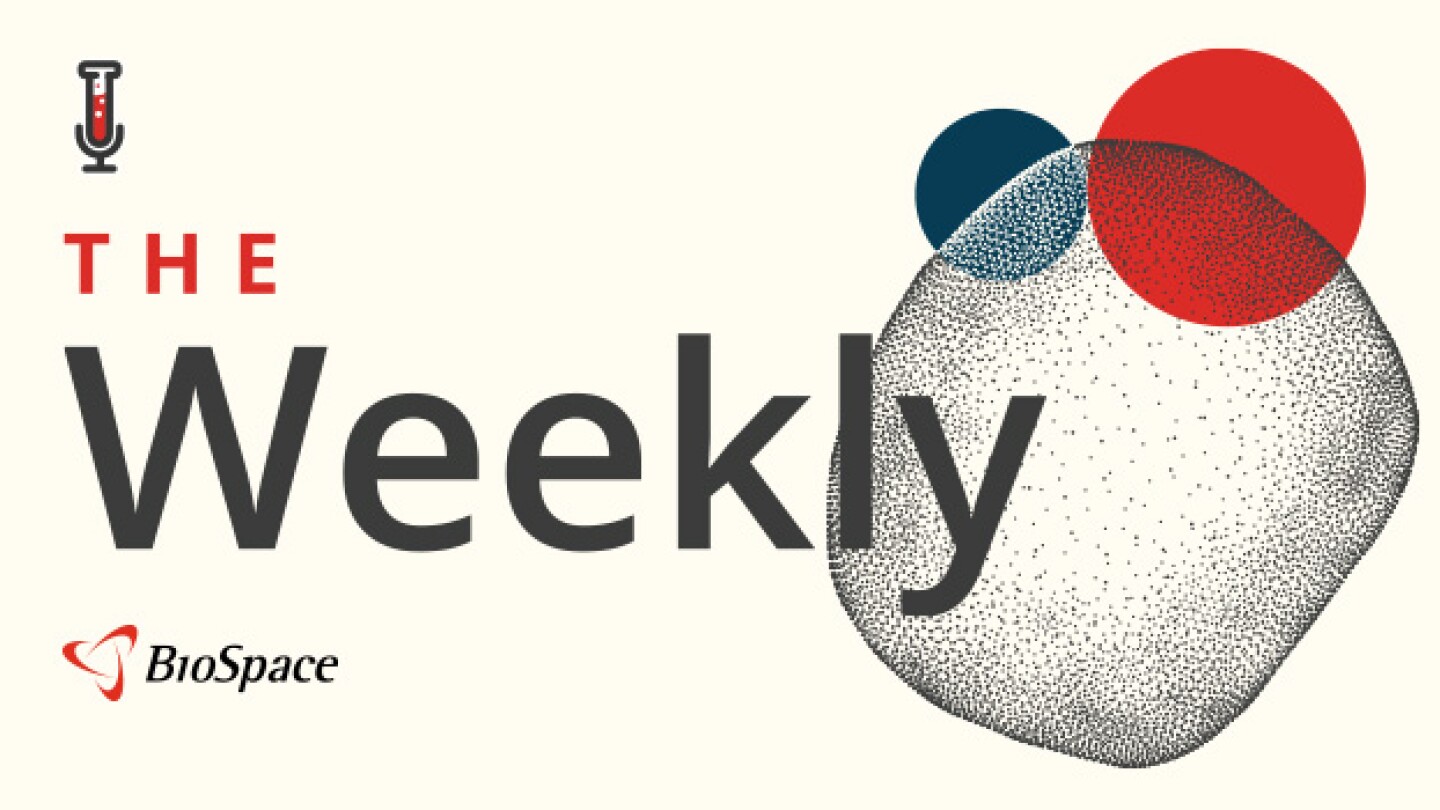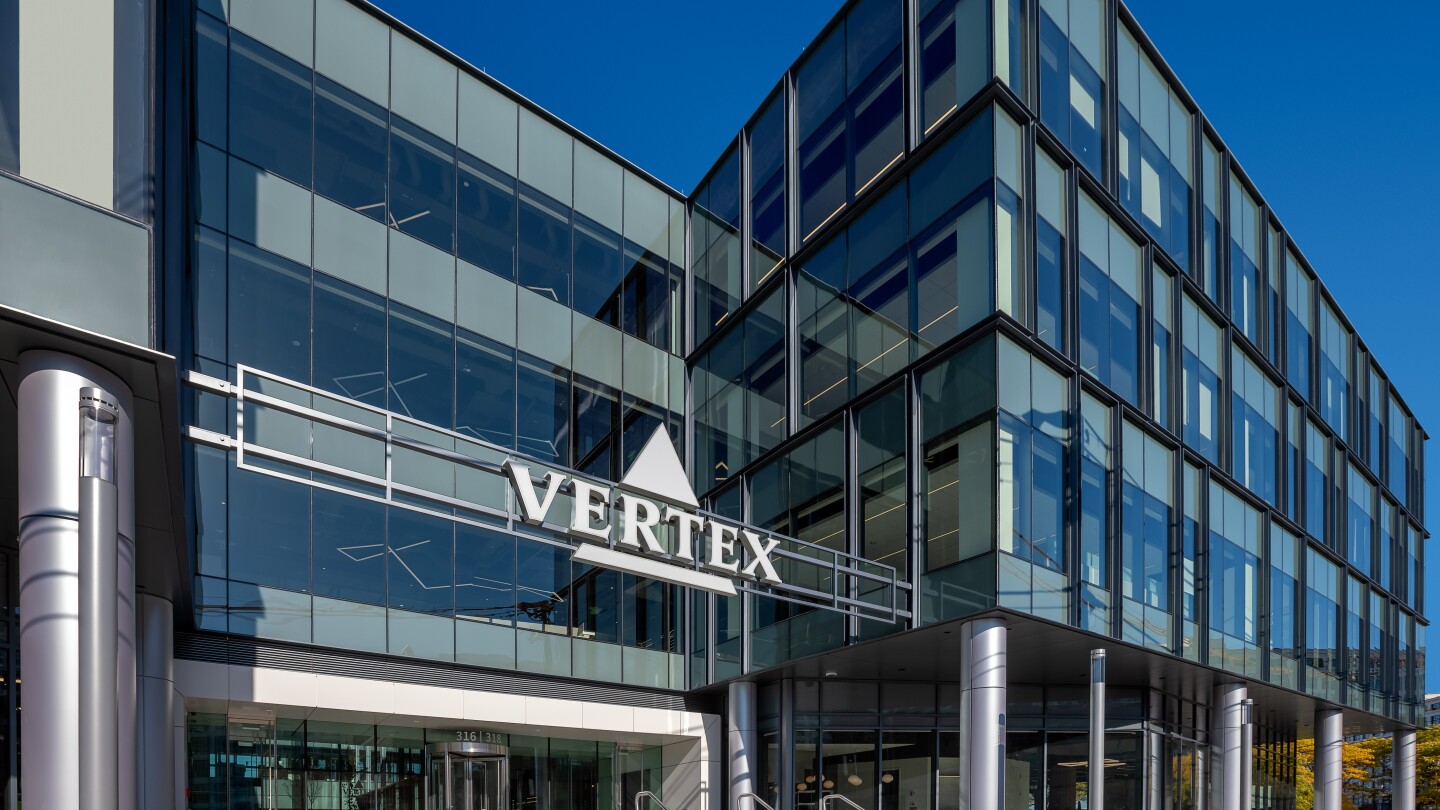News
The reprioritization effort will help AC Immune extend its cash runway through the third quarter of 2027.
FEATURED STORIES
As multiple companies vie to expand on Alnylam’s success in commercializing RNAi therapeutics, the pioneering company has set a goal of targeting small interfering RNA to any tissue by 2030.
Vaccine skepticism is at an all-time high in the U.S., and HHS Secretary Robert F. Kennedy Jr. is making some drastic moves in the name of reversing that trend. But misinformation and inconsistencies within the country’s healthcare agencies highlight problems with his approach.
Analysts reacted positively to the news that uniQure is in alignment with the FDA on an accelerated approval pathway and on target for a Q1 2026 submission for its one-time gene therapy for Huntington’s disease—but patients have been here before.
Job Trends
Pfizer Inc. announced that the U.S. Food and Drug Administration has approved BEQVEZ™ for the treatment of adults with moderate to severe hemophilia B who currently use factor IX prophylaxis therapy, or have current or historical life-threatening hemorrhage, or have repeated, serious spontaneous bleeding episodes, and do not have neutralizing antibodies to adeno-associated virus serotype Rh74var capsid as detected by an FDA-approved test.
FROM OUR EDITORS
Read our takes on the biggest stories happening in the industry.
Novo Nordisk, under new CEO Maziar Mike Doustdar, has a new attitude. It’s making Pfizer livid.
THE LATEST
From tariffs to drug pricing to the FDA, biopharma CEOs find themselves pulled into policy discussions on this year’s second quarter earnings calls.
George Tidmarsh takes over temporarily at CBER following Vinay Prasad’s abrupt departure; Replimmune trial leaders protest rejection reportedly driven by FDA’s top cancer regulator Richard Pazdur; Merck’s $3 billion savings push claims 6,000 jobs; and Pfizer CEO Albert Bourla addresses President Donald Trump’s new threats around Most Favored Nation drug pricing.
The regulatory environment is placing extreme pricing pressure on pharmaceutical manufacturers. Their success in the market depends on mounting an agile response.
Out-licensing drugs to multinational corporations is a natural step for Chinese biotechs, but the recent rise in deals is only scratching at the surface of partnership-ready biotechs in the region.
While a substantial portion of pipeline assets are externally sourced, many Big Pharmas are tapping into incubators and venture funds to uncover cutting-edge scientific trends, determine their future focus points and even carve out a niche in an emerging geographical hotspot.
Albert Bourla confirmed that he called President Donald Trump after receiving a letter asking Pfizer and a clutch of other pharmaceutical companies to lower drug prices or face consequences.
BMN 390 fell short of an immunogenicity threshold that BioMarin was looking for to support its further development. Employees working on the program have been redeployed within the company.
The number of biopharma professionals let go has increased year over year for three straight months. In July, as many as 8,000 people lost or were projected to lose their jobs, due largely to news that Merck projects to cut roughly 6,000 employees as part of a multiyear process.
Vertex reported healthy revenue in its second quarter earnings report, though news of VX-993’s mid-stage trial results and lack of alignment with the FDA regarding an expanded label for Journavx tempered analyst reactions, sending the stock down 13%.
Praxis’ vormatrigine reduced seizures by 56.3%, an effect size that, according to analysts at Truist Securities, exceeds that of its closest competitors.

















